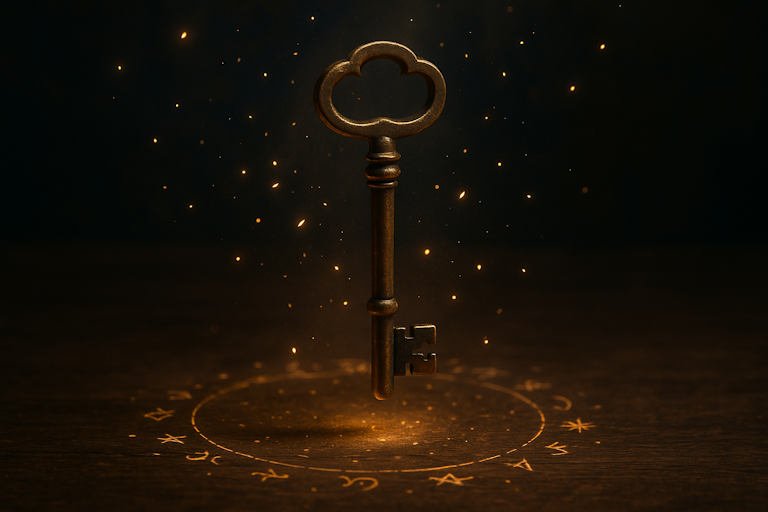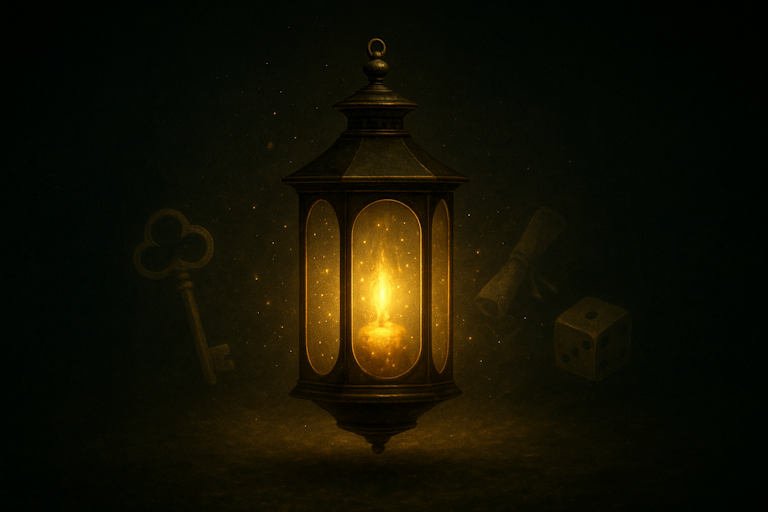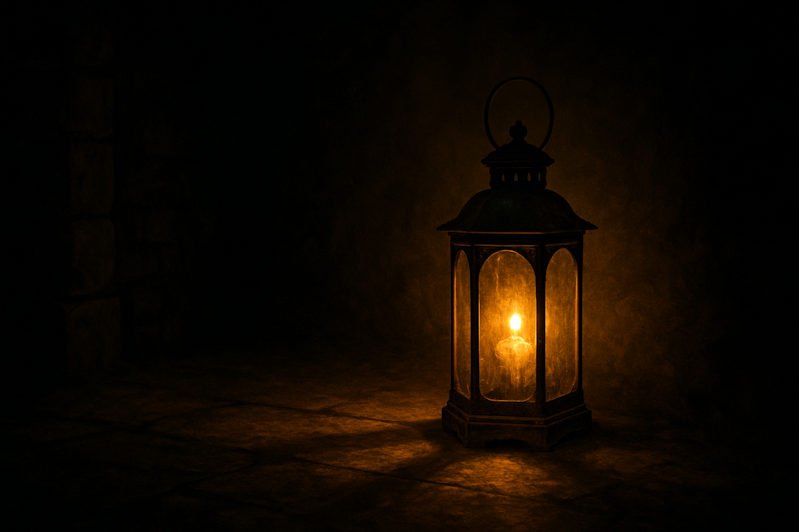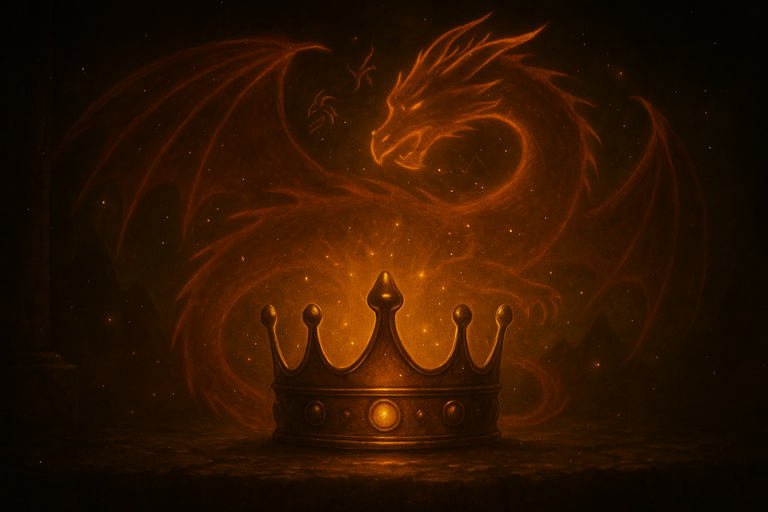
Myths and legends in games: powerful ways they deepen play and imagination (2025)
Myths and legends in games are not just decorative elements; they are the lifeblood of immersive storytelling. From the moment a player steps into a digital world or sits down at a table, echoes of ancient tales shape the journey. These stories carry weight because they have always been with us — whispered around fires, carved into stone, and passed on as lessons of survival, wonder, and meaning.
What makes myths so powerful in play is their universal resonance. Every culture has heroes, tricksters, and shadowy forces, and players instantly recognize them. A dragon guarding treasure, a hero’s quest, a mysterious oracle — these archetypes stir something deep, connecting modern play to timeless human imagination. Even when told in new ways, these legends bring familiarity that helps players invest emotionally.
In this article, we’ll explore how myths and legends in games enhance immersion, build atmosphere, and deepen the experience of play. We’ll look at their cultural roots, the archetypes that fuel imagination, and the responsibilities of using such stories with care. Ultimately, we’ll see why ancient tales continue to shine in the playful worlds we create today.
Myths and legends in games: origins and cultural roots
Myths and legends in games trace their power back to the oldest forms of storytelling. Long before screens and boards, communities gathered to share tales of gods, monsters, and heroes. These stories explained the unexplainable, carried moral lessons, and connected people to forces larger than themselves. When woven into games, they bring the same resonance: a sense that play is not only entertainment but also a continuation of an ancient tradition.
In Greek mythology, the hero’s journey became a template for countless narratives. Games that feature quests, labyrinths, or divine tests echo these structures, tapping into patterns that feel instantly familiar. Norse legends introduced sagas of fate, courage, and doom, themes that continue to appear in role-playing games and fantasy settings. Asian traditions, with their dragons, sages, and cosmic balances, add another layer, showing how myths expand imagination across cultural borders.
Legends also provided archetypes that games still rely on: the wise mentor, the treacherous betrayer, the unstoppable beast. These roles allow players to step into narratives that feel both fresh and timeless. Even small symbols — a crown, a sword, a sacred flame — carry centuries of meaning, deepening the atmosphere of play.
Modern designers draw from these roots not to copy, but to spark connection. A board game inspired by Egyptian lore or a digital quest shaped by Japanese folklore invites players to engage with cultural memory. Done respectfully, this creates bridges between past and present, reminding us that play is one of humanity’s oldest tools for telling stories.
By grounding play in ancient tales, myths and legends in games give players more than rules to follow. They offer a mirror of humanity’s fears and hopes, connecting us to the myths that once guided entire civilizations.

Uncover
The Firefly Inn
Behind its lantern light, secrets wait to be revealed. Step closer, and choose your path into the unknown.
How myths and legends deepen gameplay & imagination
What makes myths and legends so effective in games is their ability to awaken imagination. These tales are not just backdrops — they shape how players feel, decide, and remember. When designers or storytellers draw on mythic structures, gameplay gains layers of meaning that go beyond simple mechanics.
One way this happens is through archetypes. The hero who sets out on a quest, the shadowy rival, the sacred object that must be protected — all of these roles are instantly recognizable. Players don’t need lengthy explanations; they intuitively understand what is at stake. Archetypes create emotional shortcuts that make the story feel deeper and more universal.
Another strength lies in world-building. Legends supply ready-made atmospheres: enchanted forests, stormy seas, fiery underworlds. By weaving these elements into maps, quests, or props, games offer spaces that feel alive and charged with meaning. Even a simple lantern on a table can take on symbolic weight when framed as a beacon in the darkness, echoing ancient traditions.
Myths also fuel imagination through conflict and transformation. Legendary tales are rarely about comfort; they challenge characters to change. Games mirror this by pushing players into choices that test loyalty, bravery, or wit. A puzzle becomes more gripping when it represents a trial, and a victory feels larger when it echoes a mythic triumph.
Finally, myths deepen play by creating shared memory. When a group defeats a dragon or solves a riddle guarded by spirits, the story becomes theirs. It lingers beyond the session, just as ancient legends lingered beyond the night of their telling.
By integrating these timeless patterns, games transcend their mechanics. They become journeys — playful, yes, but also reflective of the oldest questions we carry. Myths and legends don’t just decorate games; they turn them into experiences that stay in the heart and imagination long after play ends.

Uncover
The Firefly Inn
Behind its lantern light, secrets wait to be revealed. Step closer, and choose your path into the unknown.
Quick insights: why myths and legends work so well in games
Myths and legends carry their own kind of gravity, but why do they translate so powerfully into play? The answer lies in how they shape emotion, structure, and memory. These insights highlight why they remain such valuable tools for deepening game experiences:
- Instant recognition. Archetypes like the hero, the trickster, or the dragon need no introduction. Players connect immediately because they know the pattern.
- Deeper stakes. A quest tied to myth feels more significant than a random task. The symbolic weight makes choices matter.
- Emotional resonance. Myths stir universal feelings — awe, fear, hope — that make the game world more than just scenery.
- Rich atmosphere. Mythic elements bring texture to settings, turning simple spaces into places charged with meaning and history.
- Shared memory. Defeating a creature rooted in legend or reclaiming a mythical object creates stories that last long after the game ends.
Together, these elements show why myths and legends are more than decoration. They create gravity, pulling players deeper into the experience and giving play the echo of timeless stories.
Some say legends are old tales to be remembered. I say they are embers, waiting to be stirred — and every story is a fire that can wake them.
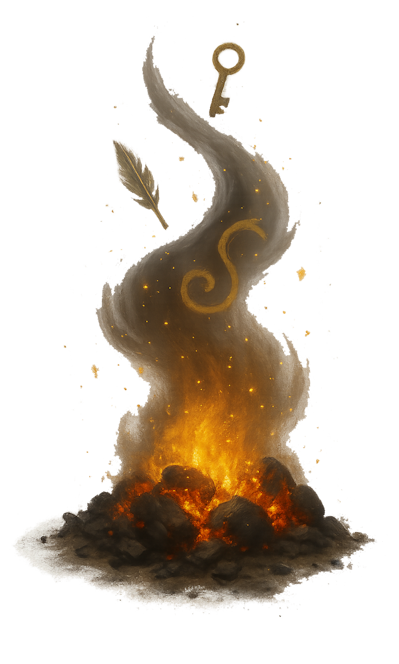
Caution & creative responsibility
Drawing on myths and legends in games comes with both power and responsibility. Ancient stories are rich sources of meaning, but they are also tied to cultures, identities, and sacred traditions. When they are borrowed carelessly, they risk becoming stereotypes or losing the depth that made them resonate in the first place.
One challenge is cultural appropriation. Using myths without context can flatten them into clichés — dragons reduced to monsters, or deities reduced to costumes. To avoid this, creators should research carefully, consult cultural voices where possible, and aim to honor the roots of the stories they use. Respectful adaptation doesn’t stifle creativity; it deepens it.
Another risk is overuse of tropes. If every quest revolves around a chosen hero, a magic sword, and a final battle, the mythical framework loses impact. Legends are diverse: they include trickster tales, tragic cycles, and stories of transformation that don’t end in triumph. Exploring these less familiar patterns can make gameplay feel fresh while staying true to mythic tradition.
Balance is key. Myths should inspire, not dominate. When they are used as seeds rather than scripts, they enrich the imagination without boxing it in. For instance, a legend might shape the mood of a setting or provide symbolic depth to a character arc, without dictating every detail of the story.
Ultimately, creative responsibility means treating myths as living echoes, not static props. By honoring their origins and expanding on their themes, games can use legends to build worlds that feel both respectful and original — places where players experience not just play, but a dialogue with stories that have endured for centuries.
Conclusion – Myths and legends in games: embracing ancient power for modern play
Myths and legends in games show us that play is never only about rules or mechanics. It is about stepping into stories that carry the weight of centuries. When players encounter archetypes, symbols, or worlds shaped by legend, they connect with something deeper — echoes of the tales that once guided whole cultures.
Throughout this article, we have seen how myths and legends in games provide more than atmosphere. They create recognition through archetypes, heighten stakes with symbolic quests, and stir emotion by evoking awe, fear, or hope. Legends also enrich world-building, giving game spaces a texture that feels timeless, while creating memories that last long after the session ends.
Yet with this power comes responsibility. Myths are not just tools to borrow lightly; they are cultural treasures. Respectful use ensures that stories are not reduced to clichés but are honored for their richness and diversity. When treated with care, they open doors to creativity rather than limit it.
The enduring lesson is clear: myths and legends in games transform play into something more than entertainment. They invite us to reflect, to imagine, and to connect with ancient voices through modern worlds. By weaving these stories with care, designers, storytellers, and players alike keep legends alive — not as relics of the past, but as living embers that still ignite imagination today.

Uncover
The Firefly Inn
Behind its lantern light, secrets wait to be revealed. Step closer, and choose your path into the unknown.


